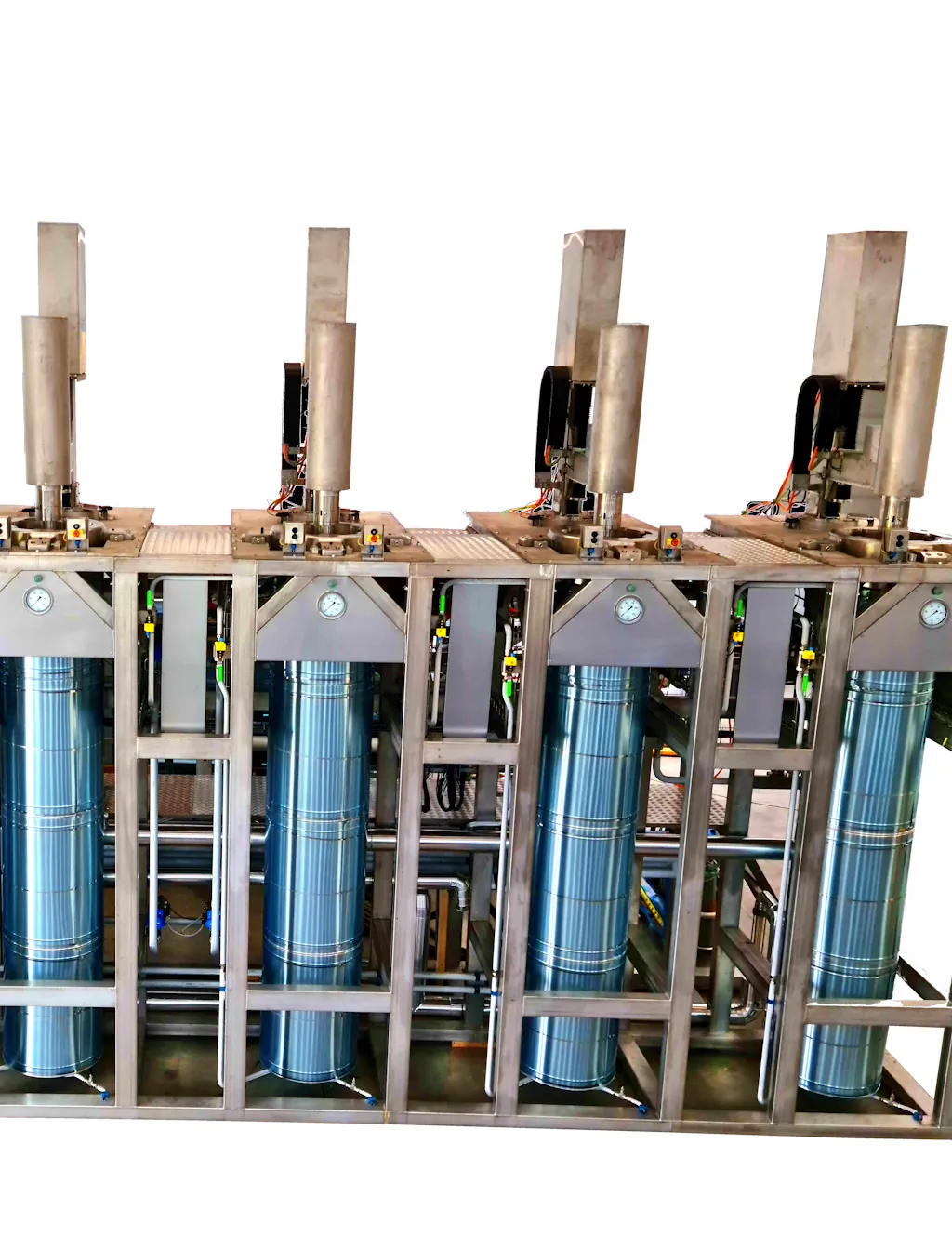Using supercritical CO2 for solvent removal: a sustainable choice
Have you heard about supercritical CO2 as a sustainable process and would like more information about its most important applications but don’t know who to turn to? Have you read that with the supercritical CO2 process you can harness all the advantages of CO2 as both a gas and a liquid for solvent removal and want to understand its mechanism? Or are you simply curious to learn about recovering and recycling supercritical CO2?
Don’t worry!
Take a few minutes to read this article that we at Separeco, a company in Turin specialized in manufacturing machines and systems for extracting compounds and natural materials through the supercritical CO2 extraction process, have written to explain all the applications of supercritical CO2, an ecological and sustainable solvent. We will see how supercritical CO2 is a safe choice for humans and the environment and, thanks to its qualities, can be used in various sectors such as pharmaceuticals, plastics, and chemicals.
Happy reading!
Supercritical CO2: all the benefits of a process for the protection of humans and the environment
Supercritical CO2, which is a solvent that is both environmentally friendly and versatile, finds application in a multitude of areas, including the extraction of solvents from polymer and inorganic matrices. The process capitalizes on the unique properties of CO2 above its critical temperature and critical pressure, allowing it to function as a gas and a liquid simultaneously. This characteristic makes supercritical CO2 an attractive option for the removal of apolar or medium-polar and even some polar solvents from various plastic, vegetable, or mineral matrices.
There are several advantages associated with the use of supercritical CO2. Firstly, it is a safe option, ensuring minimal risk to individuals and the environment. Furthermore, it possesses low toxicity, making it a desirable choice. Additionally, supercritical CO2 can be recovered and recycled, thereby reducing its environmental impact. This feature adds to its appeal as a solvent. Moreover, it can be utilized for the extraction of specific compounds or solvents that require explosion control (Atex-Ex). It is worth noting that CO2 is inert and non-flammable, creating an ideal environment that prevents the ignition of vapours or liquids during the extraction process. During the extraction the absence of oxygen pull the UEL and LEL down to significance. And moreover, for many use the applied temperatures are very low in comparison to traditional solvent recovery technologies.
The supercritical CO2 extraction process involves the careful regulation of pressure and temperature to attain the desired supercritical conditions. Subsequently, the supercritical CO2 is directed to flow through the material that requires the removal of spent solvents or reagents resulting from chemical reactions. In this process, supercritical CO2 acts as a solvent, effectively extracting unwanted solvents from the matrix. Following this, it is separated from the extracted solvents to facilitate recovery and recycling. Due to its effectiveness and efficiency, this method is extensively employed in industries such as plastics, pharmaceuticals, and chemicals.
It is indeed possible to implement this particular methodology in numerous application fields:
- In the context of chemical synthesis, this methodology can be employed to effectively eliminate solvents or extraction reagents, thereby enabling the seamless continuation of the synthetic route.
- Moreover, this methodology finds great utility in the production of films or fabrics that are derived from baths. In such cases, it becomes imperative to thoroughly dry the fabric before subjecting it to any subsequent treatments.
- This approach can also be employed in the extraction of aromas after their extraction through distillation or other analogous techniques.
- The pigment industry can greatly benefit from the implementation of this methodology, particularly in terms of reducing the quantity of diluents that are present in the colouring solution.
- Lastly, the explosives industry can also leverage this methodology to ensure a safe and controlled working environment. Specifically, by adopting this methodology, it becomes possible to work in an anoxic and less reactive environment, thus mitigating potential risks.
Supercritical CO2 presents itself as an environmentally friendly and safe alternative to conventional solvents, such as ethanol or chloroform, which can pose risks to human health and the environment. It should be noted, however, that the successful implementation of this process requires specialized equipment and technical expertise.

